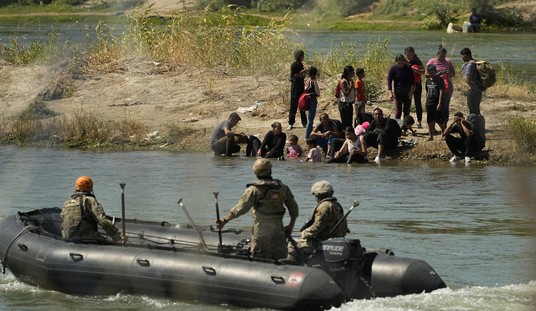 Natural gas is a cheap, abundant American resource, and cleaner than all of its viable alternatives to boot. It would be hard for a reasonable person not to favor natural gas as a component of our national energy mix, but then anti-frackers like Josh Fox, Yoko Ono and their ilk put little value on being reasonable people. They are the neo-Luddites resisting a modern energy revolution, standing between the people and the prosperity promised by affordable domestic energy.
Natural gas is a cheap, abundant American resource, and cleaner than all of its viable alternatives to boot. It would be hard for a reasonable person not to favor natural gas as a component of our national energy mix, but then anti-frackers like Josh Fox, Yoko Ono and their ilk put little value on being reasonable people. They are the neo-Luddites resisting a modern energy revolution, standing between the people and the prosperity promised by affordable domestic energy.
We’ve considered Fox and his irrational fear-mongering before. His Gasland cartoon (above) clearly suggests that the well-stimulation process known as fracking can directly contaminate ground water since the induced fractures in the horizontal section of a gas well propagate into water-bearing aquifers. The scenario Fox depicts is categorically impossible. The fracturing process is applied to wells 5,000 feet and more below ground level. Fresh water is usually at 1,000 feet or less. A fracture induced at depth tends to grow vertically, but at shallower depths, the preferred direction of growth would be horizontal, parallel to the surface. (Engineers may recognize the principle from Strength of Materials: the plane of failure is perpendicular to the least principal stress.)
Field measurement with sensitive seismic equipment has verified the theory. Using an array of sensitive microphones, one can map the points of rupture in underground strata during a fracture treatment. Surveys in hundreds of wells in multiple basins confirm that fractures stay separated from fresh water aquifers by thousands of feet.
Yoko’s argument takes a different tack. In her Christmas Day letter to The New York Times, her main concern was well construction and isolation of well pressure from ground water zones:
Cement in wells many thousands of feet under the earth cracks and leaks under the great pressure and temperature changes. No one can be sent thousands of feet under the earth to make repairs once this happens.
Industry documents show that 6 percent of the wells leak immediately and that 60 percent leak over time, poisoning drinking water and putting the powerful greenhouse gas methane into our atmosphere.
Steve Everley does a good job of debunking this argument here. The source of Yoko’s factoid (repeated ad nauseum in anti-fracking propaganda) is one graph in a decade-old paper. As Everley points out (emphasis is his):
… the graph refers to offshore wells in the Gulf of Mexico. The data came directly from the now-defunct Minerals Management Service, which was the federal agency tasked with regulating offshore oil and gas development in federal waters. The caption also states clearly: “These data do not include wells in state waters or land locations.”
Sustained casing pressure is a phenomenon that is common and usually manageable in offshore wells. It does not signify leakage and merits repair only in the most extreme cases. You can’t extrapolate an offshore issue to onshore horizontal wells of different construction in an entirely dissimilar geological setting.
It would be like using issues with the Boeing 787 as an excuse to ground military aircraft. There’s no connection.
Besides the fracking process and well construction, the only other possible avenue for ground water contamination is the mishandling of fluids at the surface. It does happen. It can also be prevented with training and high standards for operating.
It’s a mistake to look at the process of hydraulic fracturing in isolation. There are risks of industrial spills all around us every day. Huge volumes of toxic and noxious fluids and chemicals (like solvents, acids and anhydrous ammonia) move on our roads, railroads and waterways and we hardly give it a second thought. The oilfield solutions, by comparison, are much more dilute; frack fluid is mostly water and sand with 1/2% chemical additives. The chemicals used in fracking may have scary-sounding names but similar (and worse) concoctions can be found under the typical household sink.
One last point to ponder: Drilling and fracking a big-league horizontal well is an $8- to $10 million dollar proposition. Spills and failures of well construction can jeopardize a well or even an entire company. The operating company has every motivation to get it right.
Cross-posted at my energy blog.














Join the conversation as a VIP Member